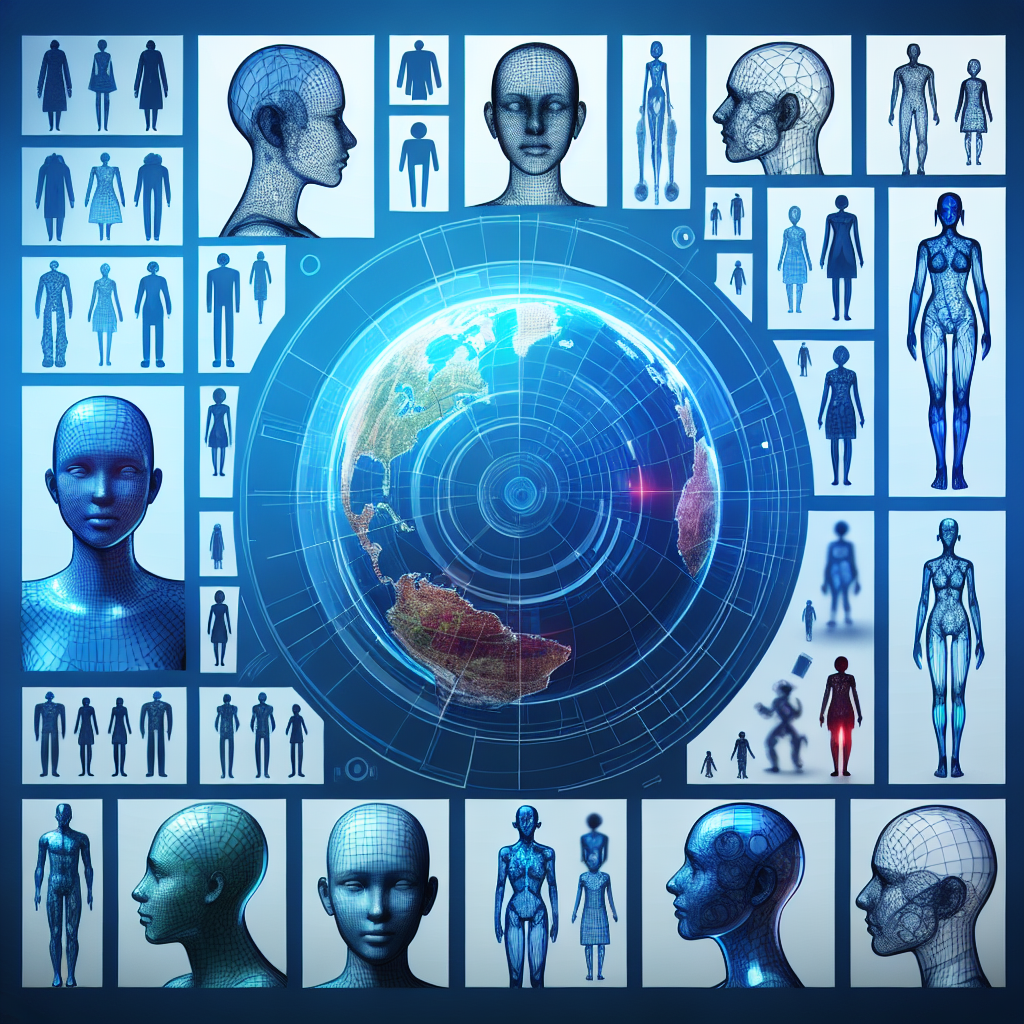What are there 12 of in the body?
The human body contains 12 pairs of cranial nerves, which are responsible for transmitting signals between the brain and various parts of the body. These nerves play a vital role in functions such as vision, hearing, taste, and movement. To learn more about the 12 pairs of cranial nerves and their functions, continue reading below.
What are there 12 of in the body?
When it comes to the human body, there are several sets of 12 that play important roles in various functions. Here are some of the things that come in sets of 12 in the body:
- 12 pairs of ribs: The ribs are long, curved bones that form the rib cage, providing protection to vital organs such as the heart and lungs. There are 12 pairs of ribs in the human body, with each pair attached to the thoracic vertebrae in the back.
- 12 cranial nerves: The cranial nerves are a set of 12 pairs of nerves that originate from the brain and brainstem. These nerves control various functions such as eye movements, facial expressions, and sensory perception in different parts of the head and neck.
- 12 thoracic vertebrae: The thoracic vertebrae are the 12 small bones that make up the middle portion of the vertebral column. These vertebrae provide support for the rib cage and protect the spinal cord running through the spinal canal.
- 12 pairs of cranial nerves: The cranial nerves are responsible for carrying sensory and motor information between the brain and various parts of the head and neck. There are 12 pairs of cranial nerves in the human body, each serving a specific function such as vision, taste, and balance.
These sets of 12 in the body are crucial for maintaining proper function and coordination of various bodily systems.
Statistic:
According to medical research, the human body contains a total of 12 pairs of cranial nerves.
What are the 12 organs in the body?
There are actually 11 organs in the body, not 12. The major organs include the brain, heart, lungs, liver, kidneys, pancreas, spleen, stomach, intestines, bladder, and skin.
What are the 12 systems in the body?
The human body has 11 major systems, not 12. These systems include the integumentary system, skeletal system, muscular system, nervous system, endocrine system, cardiovascular system, lymphatic system, respiratory system, digestive system, urinary system, and reproductive system.
How many pairs of ribs are in the body?
There are 12 pairs of ribs in the human body, making a total of 24 ribs.
Are there 12 cranial nerves in the body?
There are actually 12 cranial nerves in the body, which are responsible for various functions related to the head and neck.
What are the 12 types of bones in the body?
The skeletal system in the human body consists of 11 types of bones, not 12. These include long bones, short bones, flat bones, irregular bones, sesamoid bones, sutural bones, pneumatized bones, wormian bones, accessory bones, sesamoid bones in tendons, and sesamoid bones in joint capsules.
How many vertebrae are in the body?
There are 12 thoracic vertebrae in the human body, located in the chest region.
What are the 12 pairs of cranial nerves?
The 12 pairs of cranial nerves in the body are the olfactory nerve (I), optic nerve (II), oculomotor nerve (III), trochlear nerve (IV), trigeminal nerve (V), abducens nerve (VI), facial nerve (VII), vestibulocochlear nerve (VIII), glossopharyngeal nerve (IX), vagus nerve (X), accessory nerve (XI), and hypoglossal nerve (XII).
What are the 12 signs of the zodiac associated with the body?
The concept of the zodiac signs is not directly associated with specific body parts or organs in the human body.
How many pairs of cranial nerves are there?
There are 12 pairs of cranial nerves in the body, which are responsible for various sensory and motor functions related to the head and neck.
Do we have 12 pairs of muscles in the body?
The human body contains numerous muscles, but there is not a specific set of 12 pairs of muscles that are universally recognized as a distinct group.
Conclusion
In conclusion, the human body is a complex and intricate system that consists of 12 pairs of various important structures. These include 12 pairs of cranial nerves, ribs, and thoracic vertebrae, to name a few. Each of these structures serves a specific function and plays a crucial role in the overall functioning of the body. Understanding the significance of these 12 pairs in the body can help individuals appreciate the complexity and sophistication of the human anatomy.
Moreover, knowing about the 12 pairs in the body can also aid healthcare professionals in diagnosing and treating various medical conditions. By being aware of the presence and function of these structures, medical practitioners can better assess and address issues that may arise in the body. Overall, the knowledge of the 12 pairs in the body is essential for both individuals looking to understand their own anatomy and healthcare professionals aiming to provide optimal care for their patients.





